Beams are one of the most fundamental structural elements in building construction, playing a vital role in supporting and distributing loads safely to columns, walls, or foundations. From residential homes to high-rise buildings and bridges, beams are engineered in various forms and materials to suit specific applications and design requirements.
Understanding the different types of beams—and when to use them—is essential for ensuring structural integrity, compliance with codes, and overall project success.
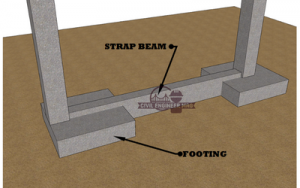
Strap Beam
These types of beams are used to connect columns. The main purpose is to reduce the column’s slenderness ratio but also avoid the buckling effect. If the column’s unprotected length reaches 4m, a tie beam must be provided.
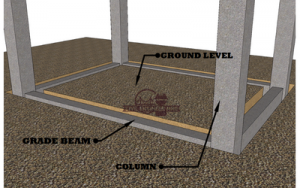
Grade Beam
The component of the foundation of a building are generally constructed in grades. It also carries the structure above it like walls and slabs and transmit it to the pillars and footing.
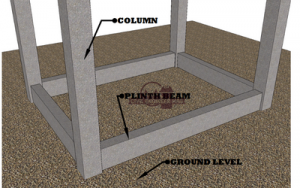
Plinth Beam
constructed on the finished floor level of the building, usually above the natural ground. It is used to prevent uneven settlement because it connects columns and evenly distributes the load from the wall.
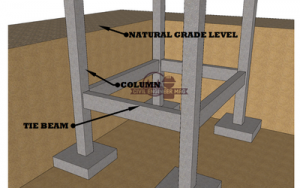
Tie Beam
These types of beams built into the ground to connect columns. The main purpose is to reduce the slenderness ratio of the column and avoid the buckling effect. If the unsupported length of the column exceeds 4m, a tie beam must be provided.
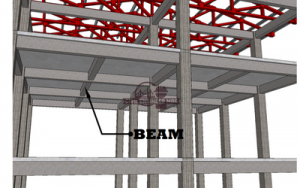
Floor Beam
It is a beam that directly supports the floor of a building and transfers the load to an adjacent beam, like a column. These beams are usually made of steel, reinforced concrete, or wood.
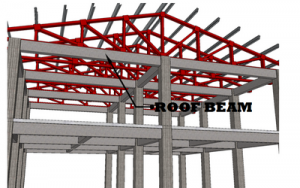
Roof Beam
They are load-bearing components and an indispensable part of the building’s strength. It supports the floor or roof above, while increasing the integrity of the walls. It also supports joists, trusses and other roofing elements.
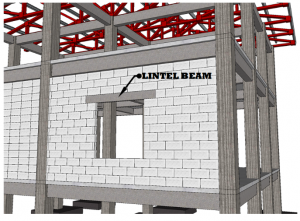
Lintel Beam
It is a beam placed across openings such as doors, windows in buildings to support the load from the structure above. The width of lintel beam is equal to the width of wall, and its ends are embedded in the wall.
In practice, U.S. building codes require structural beams to be designed per engineering standards. For example, the International Building Code adopts AISC 360 (for steel beams) and ACI 318 (for concrete beams), ensuring that beams are properly sized and reinforced to meet safety requirements.






